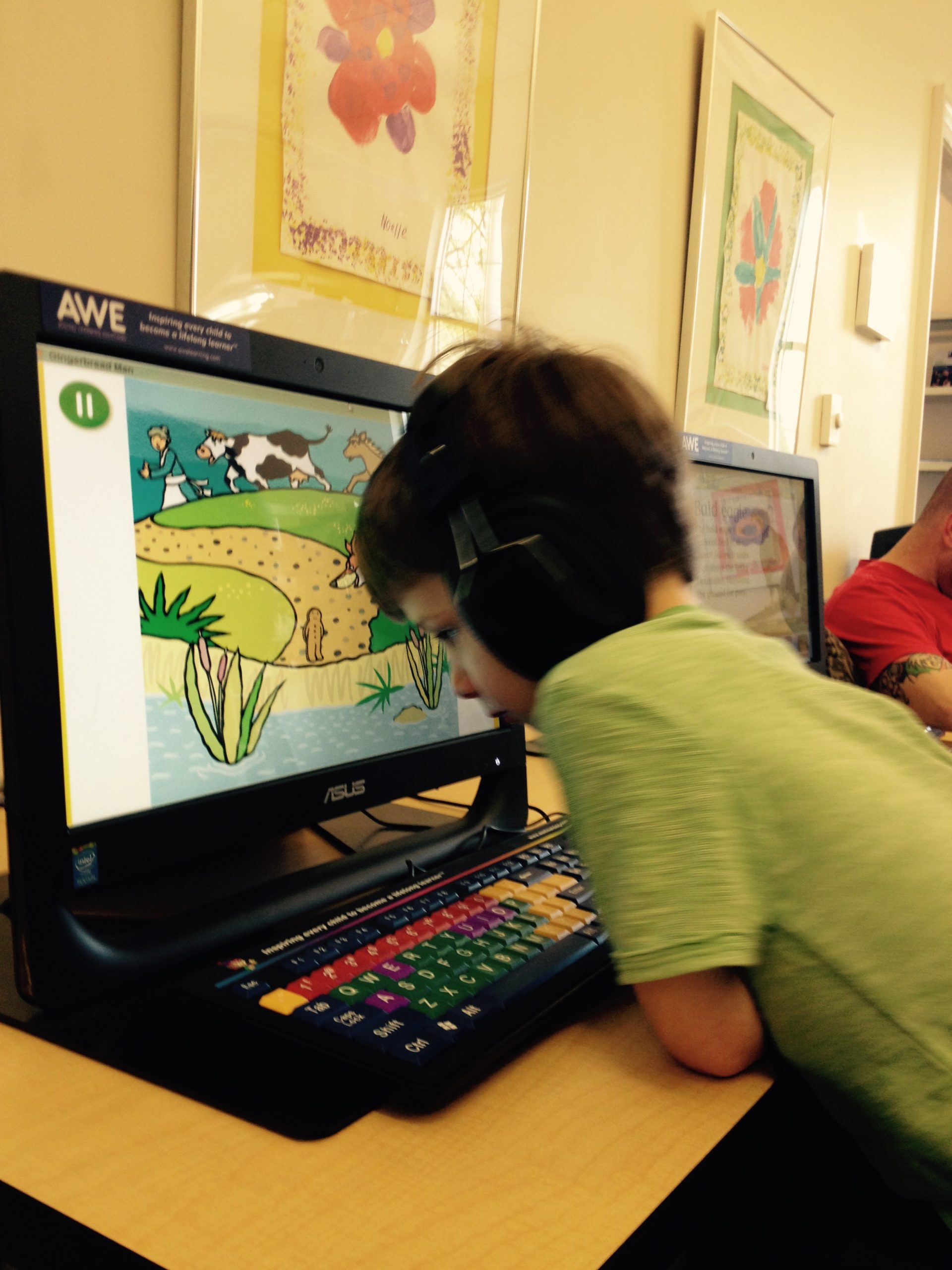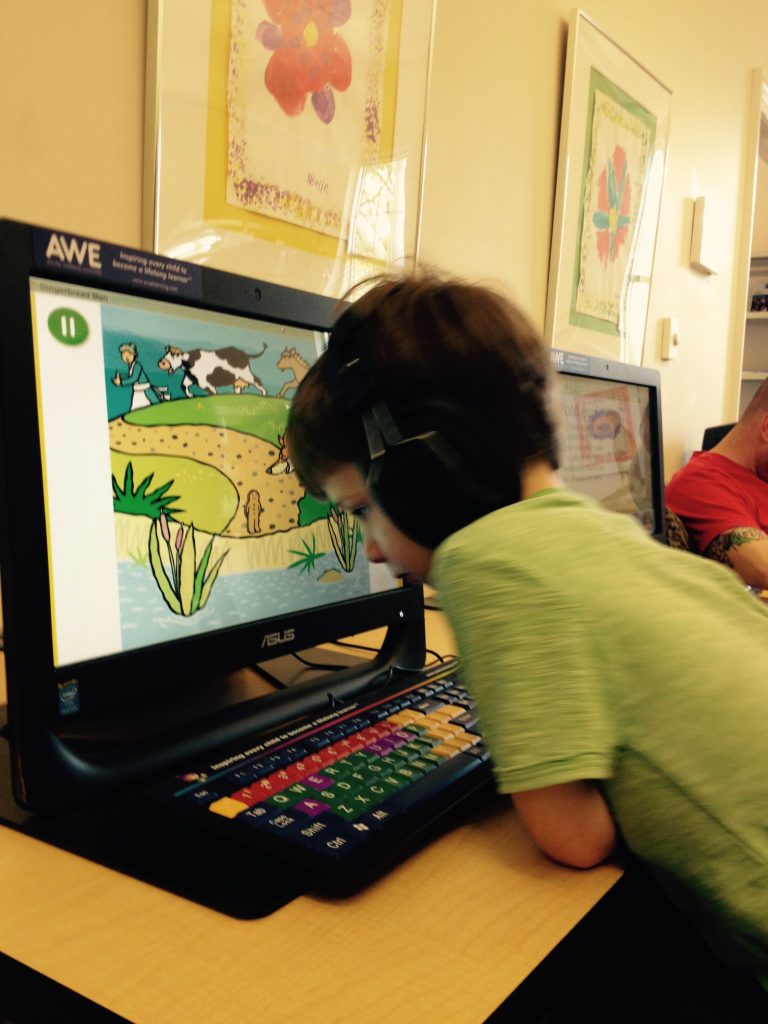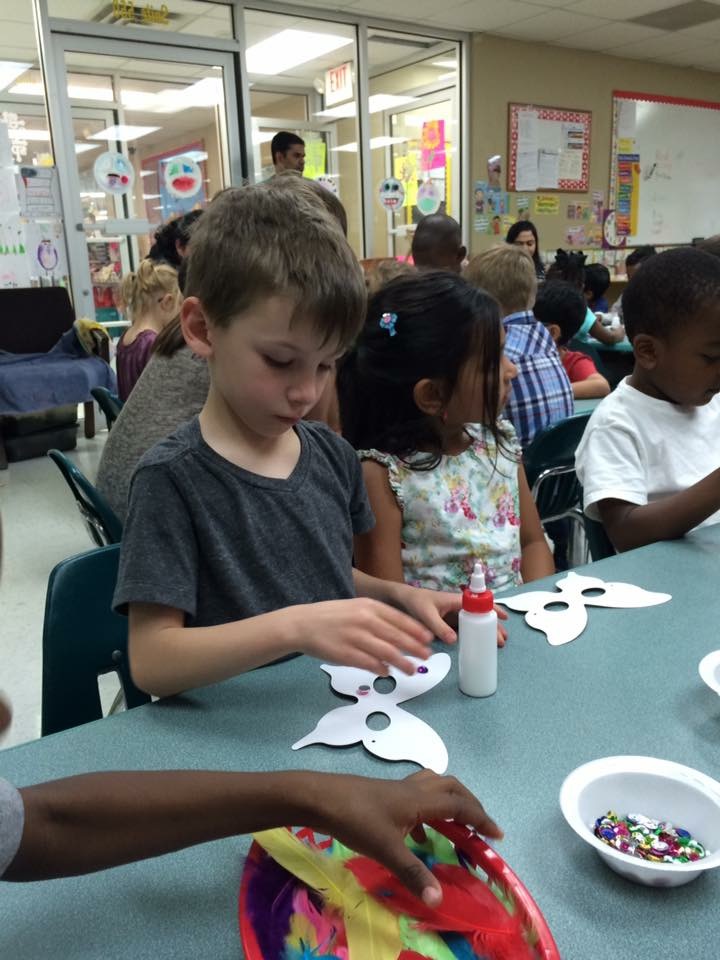Cyber school is in existence primarily because there are students that can not function in a brick and mortar school. Or, a student has an activity that requires daily practice or rehearsal. In this case, a brick and mortal school is not possible. The 14th amendment gives students the fundamental right to attend school. Therefore, these particular students attend a cyber school.
Virtual schools have buildings only for administrative purposes. The schools are free, federally-funded, or tuition based. Students complete assignments on their computer at home. They are an alternative learning environment for a number of students. Typically, as a student leaves a public school system, the school district pays the equivalent of the cost to educate the student. However, with the growth of virtual schools, there is a concern of performance and oversight. In Pennsylvania, a founder of a cyber school pleaded guilty to tax fraud. Parents of students attending lost money.
Cyber School Process
As a student attends cyber school, there is a teacher that monitor’s progress. And, for students to achieve academic success, parents need be the key component for the student’s motivation. So, cyber schools provide students and parents with flexibility and mobility.
Each cyber school is different but is similar in basic structure. Teachers control the assignments and the grading. They also control assessments. Students download and complete the assignment and send it back by the a proposed date. Most worksheets are question and answer sheets. They consist of multiple-choice or true and false answers. Critical thinking skills are often not necessary to answer these questions. However, mandatory on-line discussions occur. Last, students must take exams.
Pros and Cons
There are pros and cons of any type of education.
• Cyber school allows for flexibility. Students log on and finish assignments on their own time. However, there is no socialization as exists in brick and mortar school. And, cooperative learning and team work is part of the school classroom environment. They are not usual in virtual learning.



